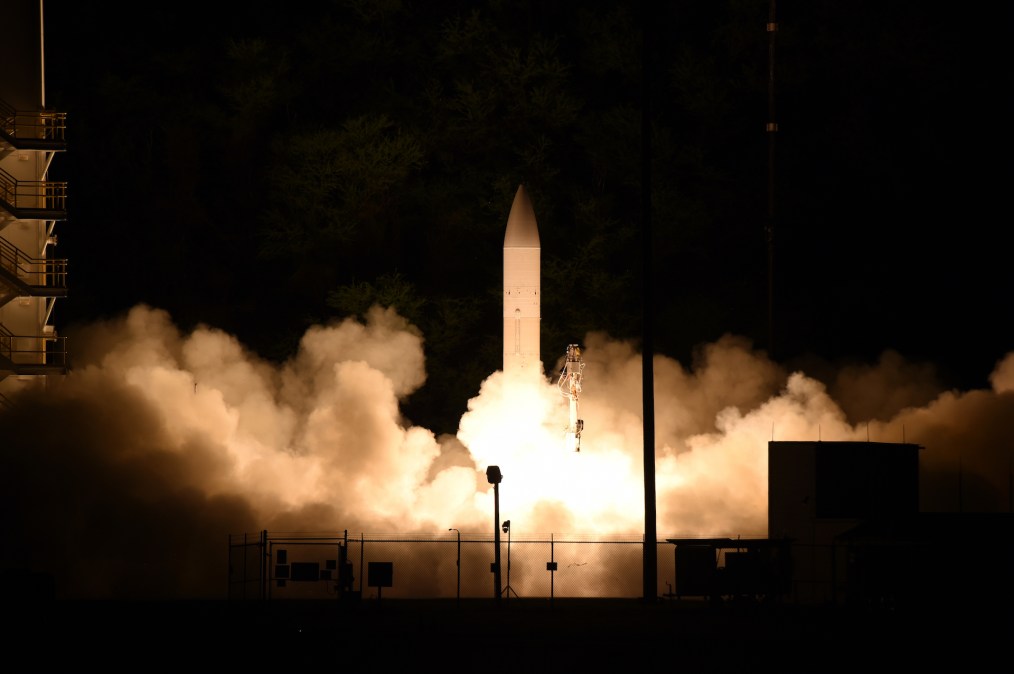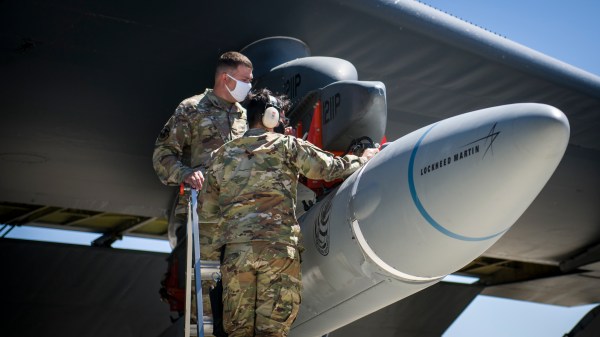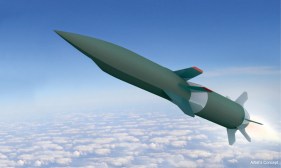Navy plans to spend more than $50M per round on average for CPS hypersonic missiles over next 5 years

The Navy intends to spend upwards of $50 million per round, on average, for its Conventional Prompt Strike hypersonic weapon over the next five years, according to new budget justification documents.
The sea service plans to buy 64 CPS missiles in fiscal 2024-2028 at a total cost of more than $3.6 billion. The “flyaway unit cost” would average $51 million, and the gross weapon system unit cost would average $56.5 million.
By comparison, many of the Navy’s other advanced missiles cost a few million dollars per round or less.
Hypersonic weapons are highly sought by the Pentagon because they are designed to fly faster than Mach 5, be highly maneuverable and pose a major challenge to enemy air defenses. Potential adversaries such as China and Russia have already fielded these types of capabilities.
“The CPS weapon system will deliver a hypersonic conventional offensive strike capability through a depressed boost-glide trajectory to prosecute deep-inland, time-critical, soft and medium-hardened targets in contested environments,” according to Navy budget documents.
The services plans to begin deploying the capability on stealthy Zumwalt-class destroyers in fiscal 2025 and on Virginia-class submarines in fiscal 2028.
“Procurement efforts under this program element will provide a weapon system capability that: (1) is non-ballistic over the majority of the flight path; (2) controls stage drop; (3) provides positive control and precision accuracy from launch to impact; (4) provides adequate cross-range/maneuverability to avoid over-flight issues; (5) provides prompt lethal effects on targets; and (6) is man-safe and deployable for surface and submerged platforms,” the new budget justification documents stated.
Fiscal 2024 is the first year of procurement for CPS all-up rounds and accompanying canisters.
The service plans to buy eight CPS missiles in 2024 at a cost of $341 million; 10 in fiscal 2025 for $441 million; 11 in fiscal 2026 for $663 million; 16 in fiscal 2027 for $989 million; and 19 in fiscal 2028 for $1.18 billion.
Lockheed Martin had been tapped to provide program management, engineering development, systems integration, long lead material, and special tooling and equipment in support of CPS missile production. The contractor is expected to provide launcher systems, weapon control, all-up rounds, and platform integration support.
The hypersonic systems will have various technology insertions that will affect the per unit cost over time, according to the Navy.
“Technology Insertion – 22 (TI-22) is the first hypersonic system to be fielded onboard ZUMWALT Class DDG. The TI process enables the program to continue accelerated and iterative improvements to system capability, manufacturability, and affordability and provide for obsolescence management. In FY 2025, the procurement profile consists of eight TI-22s and two TI-24s. The different TI unit costs drive the unit cost increase displayed in FY 2025. The associated Procurement Support costs for that year will also reflect a mixed unit cost,” the budget justification documents stated.
The Navy is asking lawmakers for $901 million in fiscal 2024 for research, development, test and evaluation work for the Conventional Prompt Strike program. The service has not yet released its RDT&E budget justification documents covering the full 2024-2028 time period.






